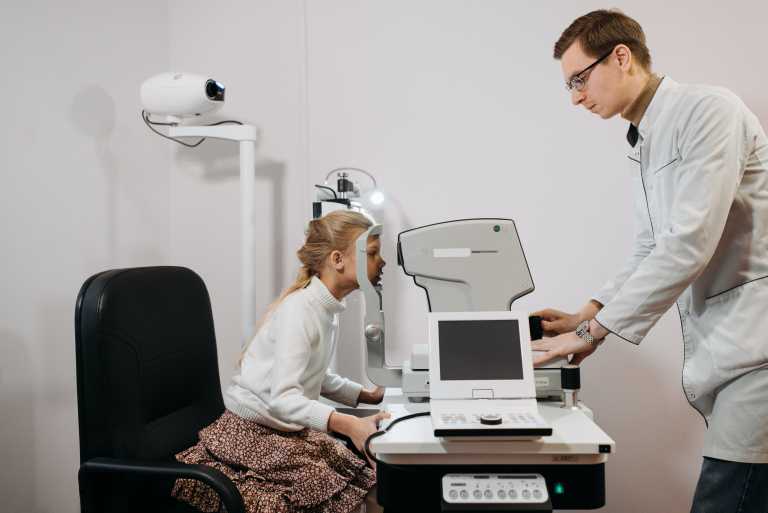Introduction:
Imagine a world where machines can perceive and interpret visual information much like humans. This world is not far from reality, thanks to the remarkable field of Computer Vision—a branch of Artificial Intelligence (AI) that focuses on empowering machines to understand and process visual data. In this blog, we’ll embark on a journey to explore Computer Vision, its fundamental concepts, and its transformative applications in autonomous vehicles, facial recognition, and medical imaging.
The Essence of Computer Vision
Computer Vision equips machines with the ability to interpret, analyze, and make decisions based on visual data from the world around them. At its core, it aims to replicate human vision and perception, enabling computers to “see” and understand the visual world.
How Computer Vision Works
Computer Vision involves a series of complex processes, including:
1. Image Acquisition: Machines capture images or videos through cameras or other sensors, just as our eyes capture visual data.
2. Preprocessing: Raw visual data often needs cleaning and enhancement to be useful. This step may involve tasks like noise reduction, image stabilization, and color correction.
3. Feature Extraction: Algorithms identify meaningful features in the visual data, such as edges, shapes, textures, or even specific objects.
4. Object Recognition: This is where the magic happens. Machine learning and deep learning models can recognize and classify objects in images or videos. For example, they can identify a dog in a photo or a pedestrian on a street.
5. Scene Understanding: Beyond object recognition, Computer Vision strives to understand the context and relationships between objects within a scene. This is crucial in applications like autonomous vehicles.
Applications of Computer Vision
Computer Vision has an impressive array of real-world applications:
1. Autonomous Vehicles: Self-driving cars rely heavily on Computer Vision to perceive their surroundings, detect other vehicles, pedestrians, and road signs, and make real-time decisions for safe navigation.
2. Facial Recognition: It’s used for biometric security, unlocking smartphones, and even enhancing social media features like photo tagging.
3. Medical Imaging**: Computer Vision aids in the interpretation of medical images like X-rays, MRIs, and CT scans, assisting healthcare professionals in diagnosing conditions accurately.
4. Retail and Manufacturing: It’s employed for quality control, inventory management, and cashier-less shopping experiences.
5. Agriculture: Computer Vision can analyze drone-captured images of crops to detect diseases, optimize irrigation, and improve crop yields.
Challenges and Future Prospects
While Computer Vision has made significant strides, challenges remain, including handling complex scenes, ensuring privacy and ethical use of visual data, and advancing robustness in adverse conditions (e.g., bad weather for autonomous vehicles). Nevertheless, the field continues to evolve, promising exciting breakthroughs in various industries.
Conclusion
Computer Vision is not just about teaching machines to see; it’s about transforming how we interact with technology and the world around us. As this field advances, we can anticipate increasingly sophisticated applications that enhance our daily lives and push the boundaries of AI-driven visual perception.

